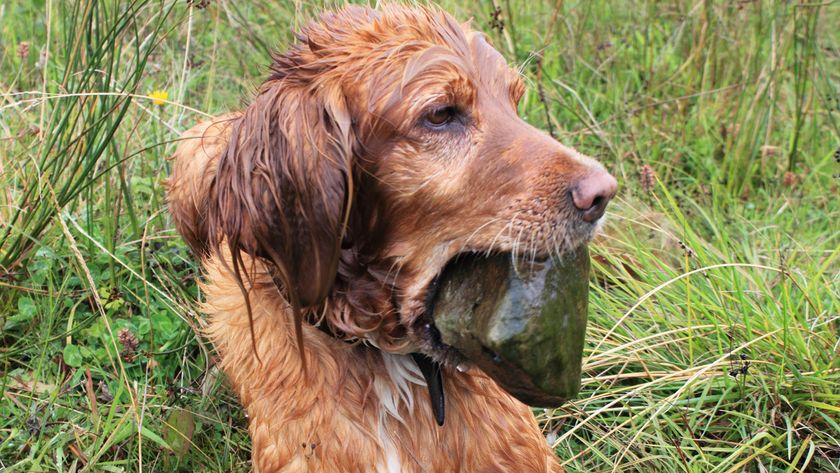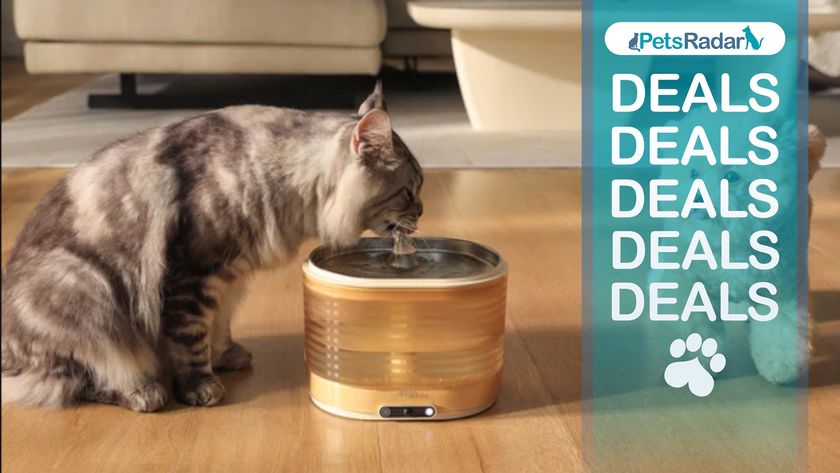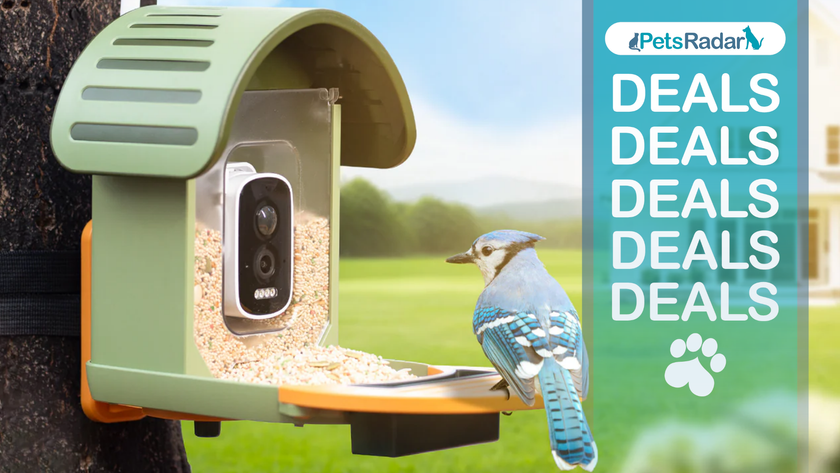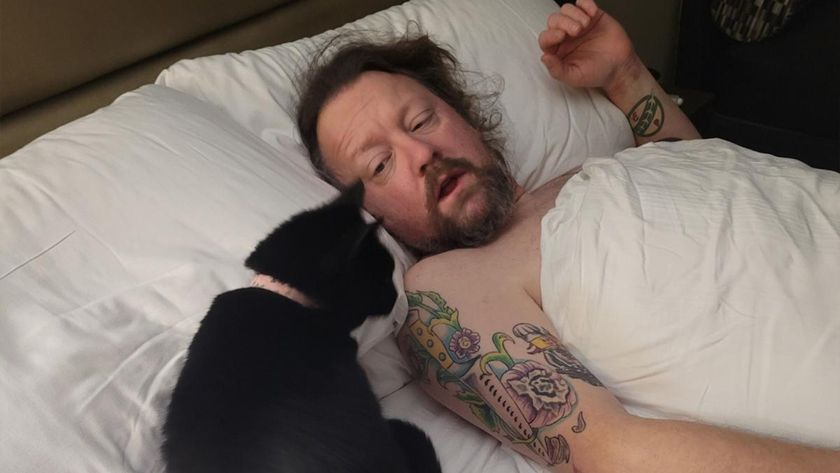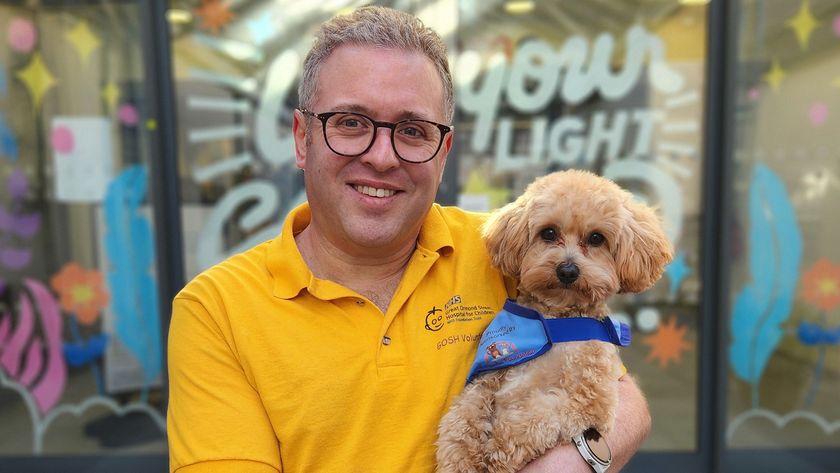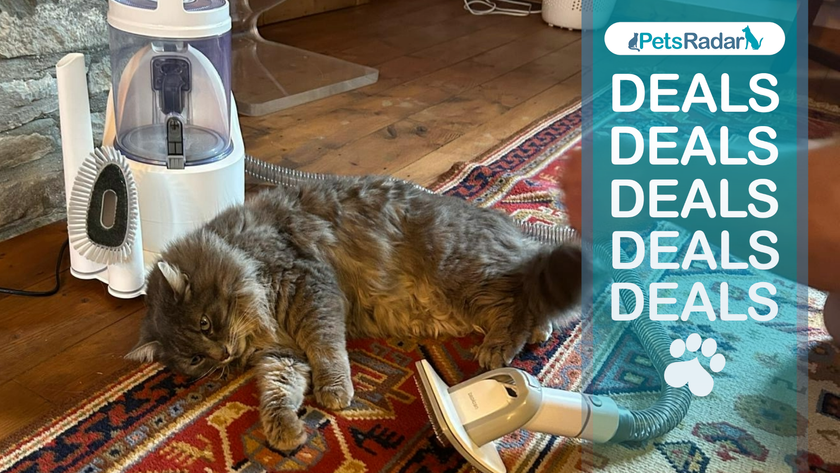This trainer explains why they reward their dog for growling, and it threw us completely
Here's why punishing your dog for growling isn't a good idea at all.
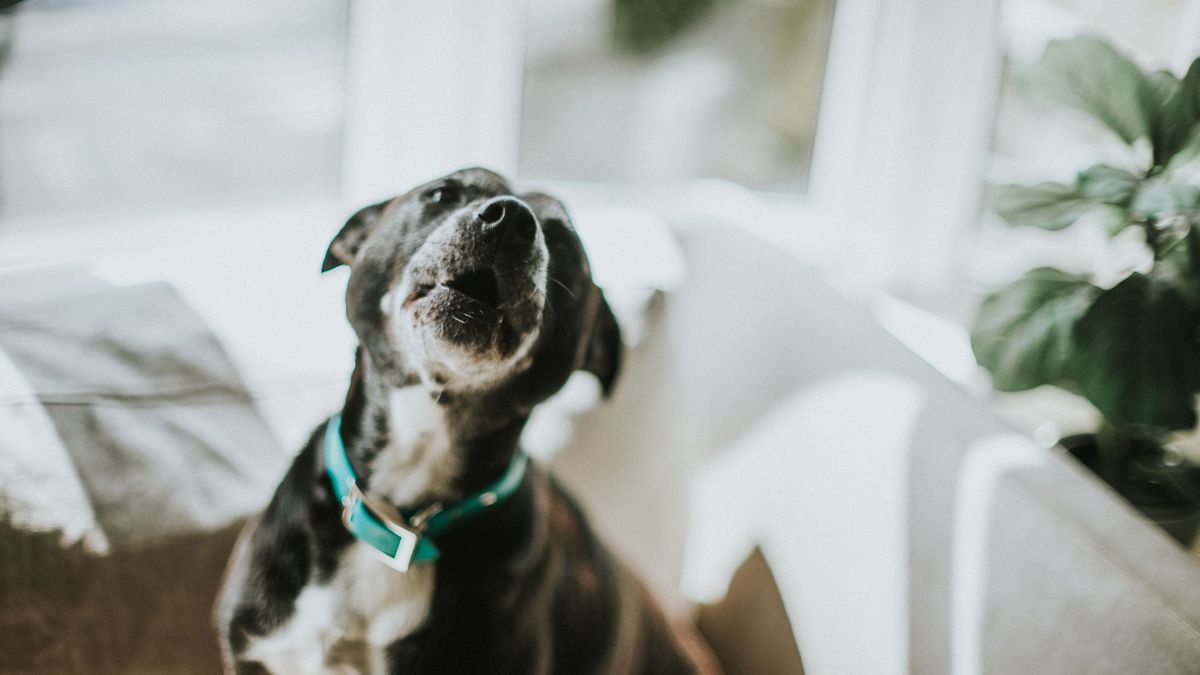
If you’re a dog parent, you might have heard your pup growling on occasion. It’s easy to think you should tell your dog off for doing so – after all, it’s often perceived as aggressive behavior, which is something most of us don’t desire in our pets. But, actually, punishing dogs for growling can be counterproductive.
You may have heard a puppy growling when playing and wondered if it's normal, but what about adult dogs? Shouldn't we be telling them that growling isn't ok?
Well, the certified dog behavior coaches at the Calm Canine Academy take an altogether different approach and instead reward dogs for growling. This might be by tossing some of the best dog treats at them, or simply moving away from them. And in a recent Instagram video, they’ve explained why.
A photo posted by on
“I actually reinforce my dog when he growls,” they begin, “And his aggression and reactivity has gone down.”
When dogs growl, bark, or snap, they’re just trying to communicate something. It’s not that they’re being aggressive just to be aggressive. They might be feeling unsafe or uneasy, or need more space or freedom in their environment. Resource guarding in dogs can cause growling too.
“If your dog is growling, barking, snapping, it’s likely that they’ve had less intense, subtle signs ignored, and their behavior has escalated,” they say. It’s worth looking at the ladder of aggression here – while every dog is different, it’s a valuable rough guide to be aware of, so that you can better identify the signs that your dog isn’t happy.
At first, your dog might just look a little uncomfortable, but then if their needs aren’t met and they remain in the situation that’s making them unhappy or scared – how do I know if I have a scared dog? – it could escalate into them snapping and growling.
PetsRadar Newsletter
Get the best advice, tips and top tech for your beloved Pets
The Academy likens a dog growling or snapping to a smoke alarm going off – it indicates that there’s a fire somewhere. “If we punish those behaviors or ignore those behaviors,” they say, “We are going to be taking the batteries out of the smoke alarm, teaching the dog that those low-level signs don’t work and it should escalate faster.”
The examples they give of reinforcing a dog’s growling include simply moving away from them – giving them space – for example, if you reach for their bone and they growl. Let them have the bone, reinforcing that you’re recognizing their needs. Likewise, maybe they’re growling at a person. So, move the dog away from that person. Or, if they’re growling at you, the Academy recommends tossing food at them.
Essentially, reinforcing the growl will not increase the rate at which they growl. Dogs don’t growl because they want to. But, reinforcing it when they do will help you both communicate with each other better. If your dog feels safe with you, they’re less likely to growl in the first place.
If your dog growls or snaps when you’re around their toys, you might find this article insightful: My dog is possessive over toys. What can I do?

Adam is a freelance journalist specialising in pets, music and culture, and mental health and wellbeing. He investigates and writes the large majority of news on PetsRadar, and collaborates with veterinary experts to produce informative pet care content.
Adam has a journalism degree from Southampton Solent University and a masters degree in Magazine Journalism from Cardiff University. He was previously senior editor at dog advice website DogTime.com, and has also written for The Independent, GoodToKnow and Healthline.
He owns two rescue cats, Bunny and Dougie, and has also previously had a rabbit, fish and Roborovski dwarf hamsters.

